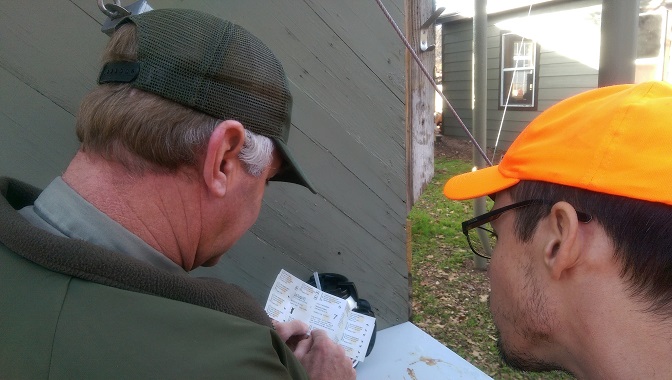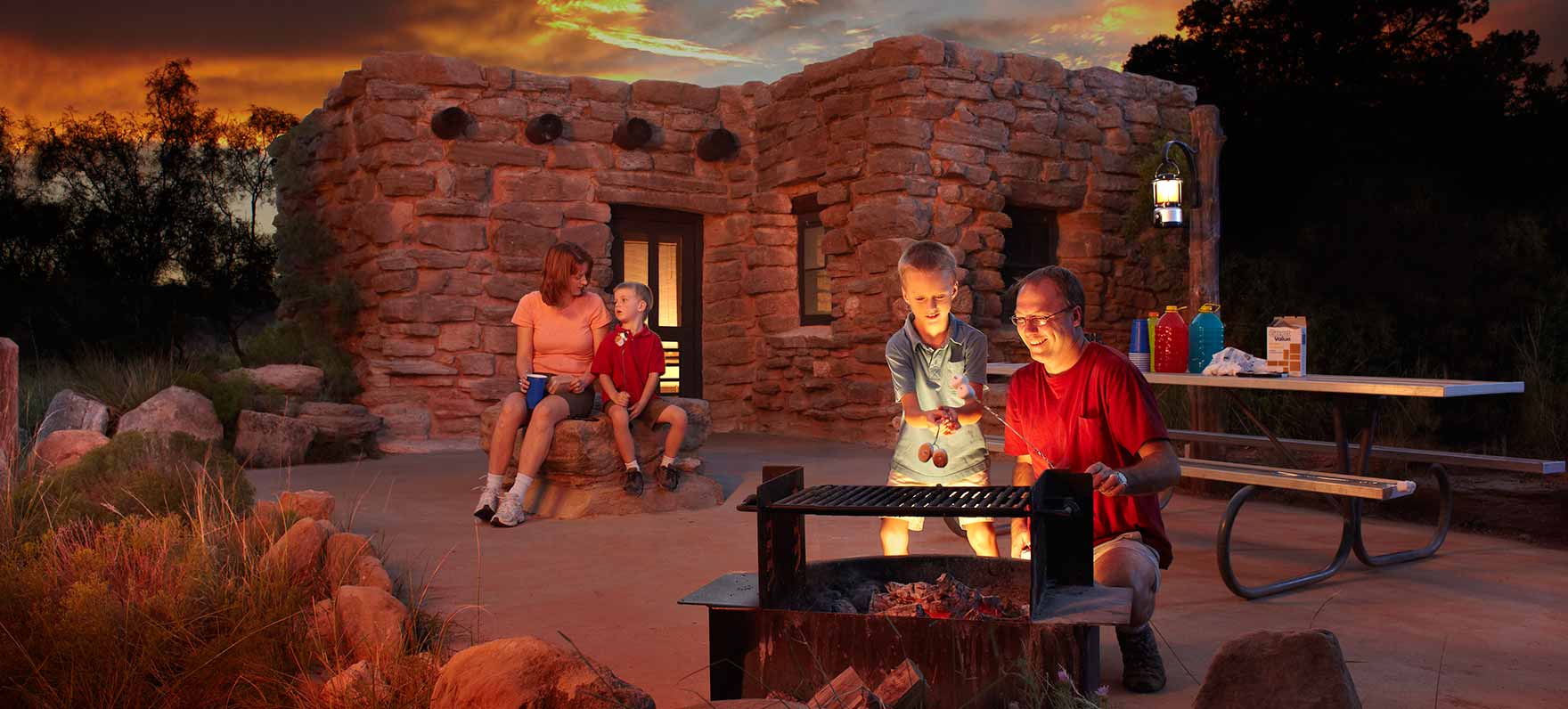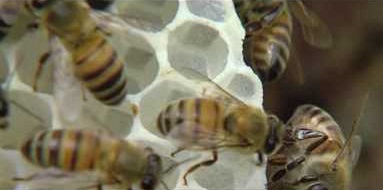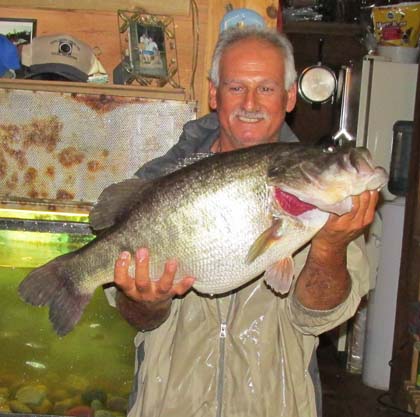Mentored Deer Hunt for Adult Novices
Tuesday, January 17th, 2017This is Passport to Texas
The week before Christmas, five men and two women—myself included—met at Inks Lake State Park in Burnet for the first of its kind mentored hunt for adult novices. Texas Parks and Wildlife’s Justin Dreibelbis was an organizer.
Chris and I are both really excited to have a program that allows them to get that knowledge and come out here—and feel comfortable asking questions, so they can learn how to do it. Now they can go take their kids, and hunt with their friends and family and enjoy the outdoors.
Chris Hall is lead ranger and hunt coordinator at Inks lake state park.
We set out to allow an opportunity and an experience for individuals later in life who have not had the opportunity to hunt or to enjoy the experience of the outdoors in that capacity. And, to give a total turn-key experience—start to finish—of ethics, proper care and maintenance. As well as the hunting experience, itself.
Hunter Ed Coordinator, Steve Hall took us to a shooting range at a nearby ranch where we learned safe firearm use. We shot balloons and paper targets until we got it right.
Now, with the deer tomorrow, though, the first shot is the one that you want to count. You try to do any sighting in or practice right before the hunt, because then you get out all the ‘ooga boogas’ out that you can on the range. So that when tomorrow morning shows up—the shot counts.
Tomorrow—hunters put their newfound skills to the test.
The Wildlife Restoration program supports our series.
For Texas Parks and Wildlife…I’m Cecilia Nasti.







 Passport to Texas is a
Passport to Texas is a  Passport to Texas is made available by:
Passport to Texas is made available by: